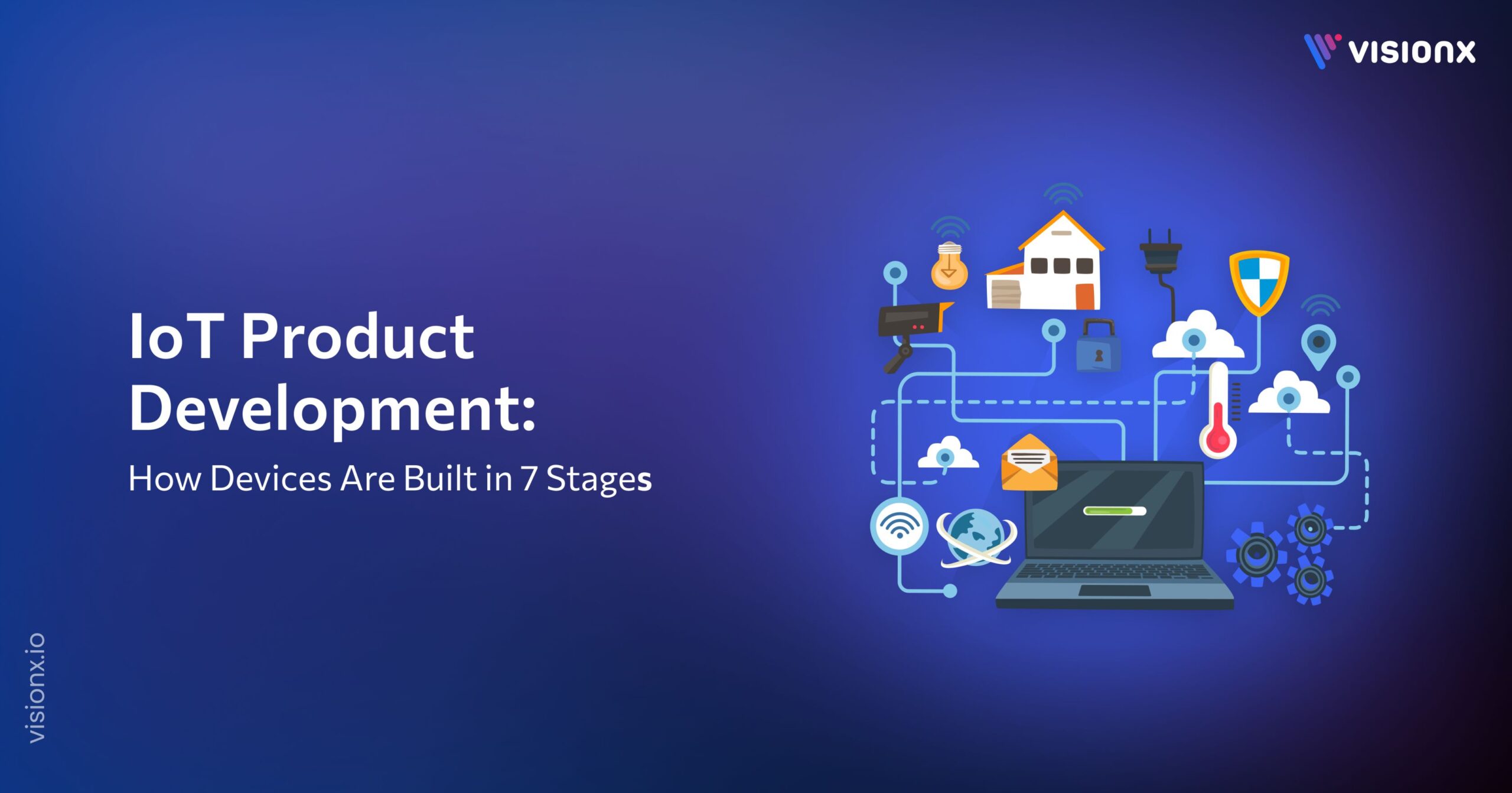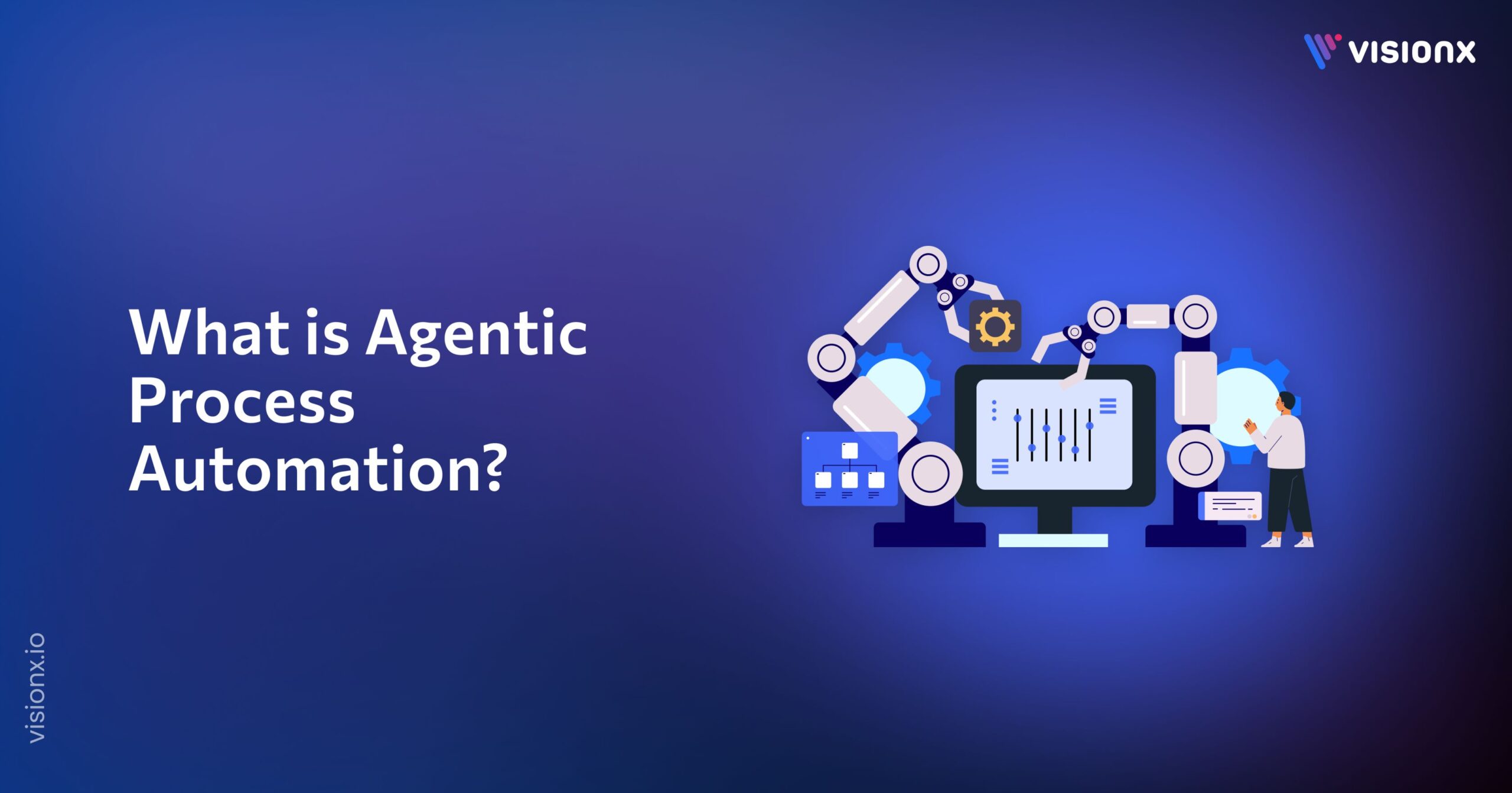In the world of modern business leadership, two prominent figures take center stage: the CIO and the CTO. These executive roles have a big impact, but their responsibilities differ from each other. While some people might mix up their job roles because they both handle technology, a closer look shows a clear difference. The CIO manages and enhances a company’s internal technology systems, while the CTO utilizes technology to innovate and improve products for customers.
This blog will help you understand the difference between CIO Vs. CTO roles and consider whether your company should have either or both of them.
What is a CIO?
CIO stands for Chief Information Officer. The CIO is in charge of managing and improving technology systems and processes within a company. They make sure that the company’s internal technology, like computers and software, works smoothly and efficiently.
A Chief Information Officer supervises a company’s IT operations and infrastructure, using technological systems and products to streamline internal business processes. Their aim is to enhance daily efficiency and productivity by automating tasks and facilitating faster communication between departments.
You can think of the CIO as the top supporter of all the technology and digital processes used within the company. Usually, IT can seem a bit unclear to other parts of the business, so the CIO’s job is to make IT services look better and more respected throughout the company.
What does a CIO do?
The CIO (Chief Information Officer) holds several important roles within a company:
- Technology Leadership: The CIO provides strategic direction and leadership in technology-related matters, guiding the organization’s overall technology strategy and ensuring that it aligns with business goals.
- IT Management: The CIO is responsible for managing the company’s IT resources, including hardware, software, networks, and data centers. They oversee the deployment, maintenance, and security of IT systems.
- Innovation and Research: The CIO identifies and evaluates emerging technologies that could benefit the company, staying informed about industry trends and innovations to drive technological advancement.
- Digital Transformation: The CIO plays a key role in transforming the organization’s processes and operations by leveraging digital tools and technologies to enhance efficiency and competitiveness.
- Data Management and Analytics: The CIO oversees data management, ensuring data quality, security, and compliance. They also promote data-driven decision-making by leveraging analytics and insights.
- Cybersecurity: Protecting the company’s digital assets and information is a critical role of the CIO. They implement cybersecurity measures and strategies to defend against cyber threats.
- Vendor and Supplier Management: The CIO manages relationships with technology vendors and suppliers, negotiating contracts, evaluating solutions, and ensuring effective partnerships.
- Collaboration: The CIO collaborates with other C-suite executives and business units to align technology initiatives with overall business strategies and objectives.
- Change Management: The CIO leads change management efforts when introducing new technologies or processes, ensuring smooth transitions and adoption by employees.
- Budgeting and Resource Allocation: The CIO develops and manages the IT budget, allocating resources effectively to support ongoing operations and innovation.
- User Experience: The CIO focuses on enhancing the technology experience for employees, customers, and stakeholders, ensuring that technology solutions meet user needs and expectations.
- Regulatory Compliance: The CIO ensures that the company’s technology operations adhere to industry regulations and compliance standards.
- Business Continuity and Disaster Recovery: The CIO develops plans and strategies to ensure business continuity in the event of technology failures or disasters.
- Skills Development: The CIO promotes skills development and training within the IT team, ensuring that staff members stay up-to-date with evolving technologies.
What is a CTO?
The CTO focuses on using technology to create innovative products or improve existing ones. They explore new technologies and find ways to apply them to make products better and more appealing to customers.
CTO as a Service oversees the creation of tech products/services that satisfy customer requirements. Their role involves ongoing exploration of advanced solutions to enhance company offerings. They lead teams of engineers and developers to design, assess, and refine the final product/service for both attractiveness and functionality. The CTO’s focus is directed to external customers who purchase your company’s products, even if those products aren’t digital or technology-oriented.
What does a CTO do?
The responsibilities of a Chief Technology Officer (CTO) include:
- Product Innovation: Leading efforts to innovate and develop new products or enhance existing ones, often leveraging technological advancements to meet customer needs.
- Technology Strategy: Developing and implementing a comprehensive technology strategy that aligns with the company’s business objectives and growth plans.
- Research and Development: Conducting ongoing research to identify emerging technologies and trends that can be harnessed to improve the company’s products and services.
- Team Leadership: Managing teams of engineers, developers, and technical experts, guiding their work, setting goals, and fostering a collaborative and innovative environment.
- Technical Architecture: Designing and maintaining the company’s technical architecture, ensuring scalability, security, and efficiency of technology systems.
- Quality Assurance: Overseeing quality control and testing processes to ensure the functionality, performance, and reliability of products and systems.
- Vendor and Partner Relations: Establishing and managing relationships with technology vendors, partners, and external resources to support software development and innovation.
- Budget Management: Developing and managing the technology budget, allocating resources effectively to support R&D, product development, and ongoing operations.
- Risk Management: Identifying potential risks and challenges related to technology initiatives and implementing strategies to mitigate them.
- Regulatory Compliance: Ensuring that the company’s technology practices and products comply with industry regulations and standards.
- Collaboration: Collaborating with other departments and executive leadership to align technology initiatives with overall business strategies.
- Customer Focus: Understanding customer needs and preferences and incorporating feedback into the development and improvement of products.
- Intellectual Property: Protecting and managing the company’s intellectual property, including patents, trademarks, and proprietary technologies.
- Strategic Partnerships: Identifying and promoting strategic partnerships and alliances that can contribute to the company’s technological advancements and growth.
- Continuous Learning: Staying current with technological trends, industry developments, and best practices to drive innovation and maintain a competitive edge.
- Change Management: Guiding the organization through technological changes, ensuring smooth transitions and effective adoption by employees and stakeholders.
- Communication: Articulating complex technical concepts to non-technical stakeholders, both within and outside the organization.
CIO Vs. CTO: Key Differences
Here’s a table outlining the key differences between the roles of a Chief Information Officer (CIO) and a Chief Technology Officer (CTO):
| Aspect | Chief Information Officer (CIO) | Chief Technology Officer (CTO) |
| Primary Focus | Internal technology operations and processes | External technology innovation and products |
| Responsibilities | IT infrastructure, data management, cybersecurity | Product development, technology innovation |
| Audience | Internal stakeholders, management, employees | External stakeholders, customers, partners |
| Innovation | Operational efficiency, process optimization | Technological innovation, product development |
| Leadership | Leads technology departments, IT staff | Leads engineering teams, sets technical vision |
| Strategic Direction | Aligns technology with business strategies | Shapes technology direction, introduces innovation |
| Outcome | Internal productivity, data security, efficiency | External revenue growth, market differentiation |
| Key Goals | Enhance internal operations and data management | Drive external product innovation and growth |
CIO Vs. CTO Salary
The salary difference between a Chief Information Officer (CIO) and a Chief Technology Officer (CTO) can vary significantly based on factors such as the industry, company size, location, experience, and the specific responsibilities associated with each role. Generally, both roles are well-compensated due to their strategic importance in guiding technology initiatives and driving business growth. However, CTO salaries may slightly outpace CIO salaries on average due to the focus on innovation and product development. Here’s a rough estimate of the salary range for each role:
CIO (Chief Information Officer) Salary:
- Entry-level: $100,000 – $150,000
- Mid-career: $150,000 – $250,000
- Experienced/Senior: $200,000 – $400,000+
CTO (Chief Technology Officer) Salary:
- Entry-level: $120,000 – $170,000
- Mid-career: $180,000 – $300,000
- Experienced/Senior: $250,000 – $500,000+
Additionally, salaries can also be influenced by bonuses, stock options, and other forms of compensation. It’s recommended to research salary data specific to your industry, location, and company size for a more accurate understanding of compensation trends for CIOs and CTOs.
Conclusion:
It’s clear that the CIO vs. CTO dynamic goes far beyond mere titles. The CIO’s realm lies in optimizing internal processes, enhancing data management, and ensuring seamless technological operations, while the CTO’s domain is all about external innovation, customer-centric product development, and pushing the boundaries of technological advancement.
The synergy between the CIO and CTO is what fuels the engine of progress. Their collaboration, though differing in focus, propels businesses toward holistic technology-driven excellence. In a world where innovation and efficiency are paramount, the CIO vs. CTO interplay symbolizes the balanced combination of internal fortitude and external ingenuity.


